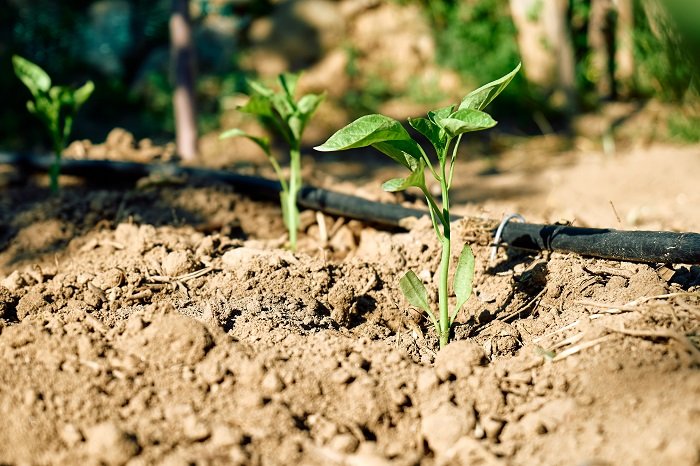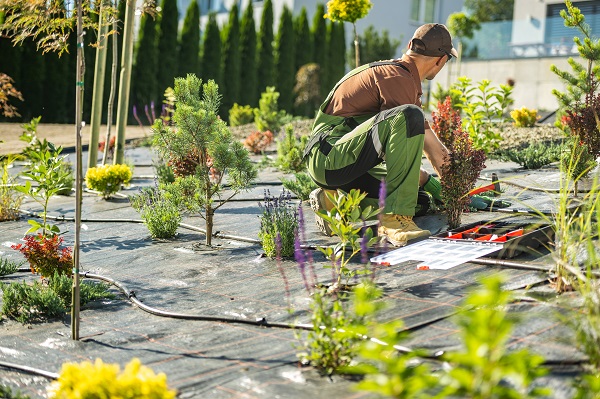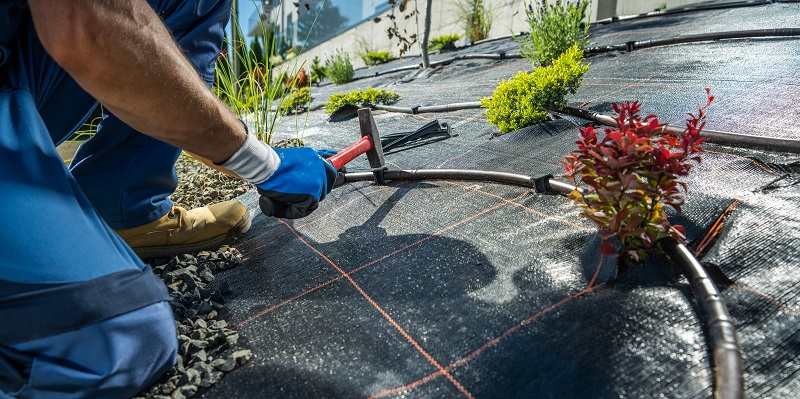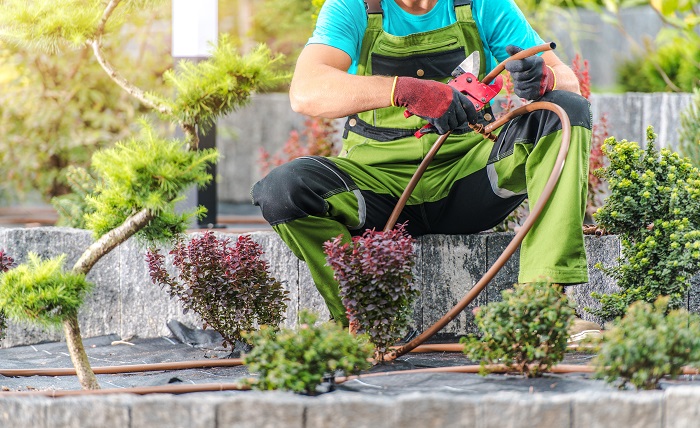The Complete Guide to Drip Irrigation System

Contents
What is a Drip Irrigation System?
Drip irrigation systems are an excellent way to conserve water. They can also be used to control the delivery of fertilizers, pesticides and other chemicals. Drip irrigation is a technique for delivering water or nutrients in small amounts directly to plant roots and this is done by placing emitters at regular intervals along a line of plants.
The system also reduces the risk of over-watering, which can lead to soil erosion and runoff into waterways. This makes drip irrigation systems an environmentally friendly option for those who want to conserve resources and protect their natural environment.
The benefits of drip irrigation are that it saves water by not flooding the plants with too much water at once and it can reduce chemical runoff into the soil because only small amounts are delivered at one time.
How Does Drip Irrigation System Work?
Drip irrigation is a system which delivers water to plants in a very controlled manner. It is not a new technology, but it has been used in many ways and for many years.
The use of drip irrigation systems has increased exponentially over the last decade as they are more efficient and practical than traditional methods of watering. They are also better for the environment as they conserve water and don’t use any chemicals or fertilizers, which can run off into the soil or nearby waterways.
Drip irrigation systems work by delivering water directly to the roots of plants through emitters that are fitted with small holes or emitters that release water at regular intervals. The emitters can be fitted onto an overhead pipe network which delivers water from a central point, or they can be installed on individual plant beds where there is no overhead pipe network available.
What Are the Types of Drip Irrigation?

Drip Line Irrigation
It is one of the most popular types of irrigation systems used today because it can be installed in a variety of ways. A system that is run with a constant flow, the amount of water being distributed by each emitter can be adjusted by the user. This allows for more control over how much water is used and where it is being applied.
Soaker Hose
Soaker hoses are a type of drip irrigation system that is an elastic, perforated hose that carries water with low pressure by gravity. Soaker hoses are most often used for natural turf and gardens, where they provide a gentle form of irrigation suitable for seedlings and plants.
Micro-irrigation
It’s an efficient method of supplying water and nutrients to plants with minimal loss due to evaporation. Micro-irrigation system is a type of irrigation system that delivers water in small droplets. This system is also known as an efficiency irrigation system because it requires less water than most systems and fewer resources from the environment.
Micro-irrigation systems are a type of irrigation that delivers water and nutrients to plants in frequent, small amounts. They are more efficient and cost-effective for both the growers and the environment.
Emitter Systems
Emitter Systems irrigation is a system that uses water emitters to deliver water to plants. They are installed on the ground and can be used for drip, spray or micro-spray irrigation.
The emitters are made from durable materials that can withstand any weather condition. The water is distributed in a uniform manner by the emitters, which ensures even distribution of water to the plants.
What are the Advantages of Drip Irrigation Systems?

Drip irrigation systems are beneficial for a number of reasons. Not only does it save water, but it also saves money on water bills and is less labor intensive. Drip irrigation systems are a great way to conserve water and energy. They also help to reduce the risk of crop loss due to drought. Drip irrigation systems are very efficient, they can water plants with less than half the amount of water than other methods, which means they also require less maintenance.
-Put water where it is needed most, which is the root zone of plants
-Drip irrigation systems can be very cost effective, saving money on water and energy
-Drip irrigation systems can be used for all types of plants, not just vegetables and flowers
-Drip irrigation systems can improve the health of plants
-Doesn’t disturb the soil surface, so there is less erosion, and less weed growth.
Installing and Maintaining a Drip Irrigation System
The first thing to consider when installing a drip irrigation system is what size you need for your property. If you have a small yard, it will take less time and money to install than if you have a larger yard with many trees and shrubs that require more water.
You will also need to decide how much water pressure you want for your property – this will affect how many emitters you need for your property. The slope of your land for a drip irrigation system to work efficiently
Make sure that the water that is being delivered to the emitters is at the proper pressure.
– The system should have enough emitters to cover the area it is irrigating.
– Make sure that the emitters are in good condition.
– The emitters should not be dripping.
– Clean any dirt or debris off of the emitters after each use.
– The water flow should be turned off at the main control valve when making any adjustments or repairs to the system.
– Check for clogs and clean
Drip irrigation is water-efficient and environmentally friendly. It also saves you money on your water bills and reduces the risk of groundwater contamination. Drip irrigation systems are easy to install, operate, and maintain. They use less than half the amount of water as traditional sprinkler systems while still delivering the same amount of moisture to the plants and soil.
Drip irrigation systems are an efficient and cost-effective way to water your plants and garden. They work by delivering a small amount of water at a time through tiny, underground hoses. This type of irrigation system is ideal for gardens that have both large and small plants because it can be customized to the needs of each plant.










